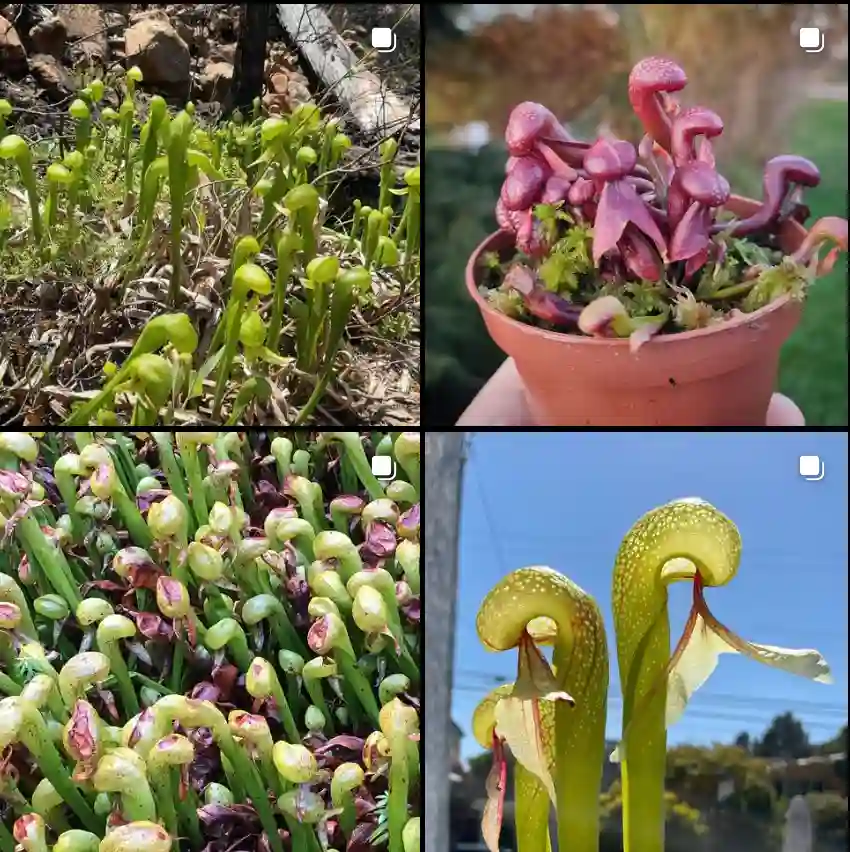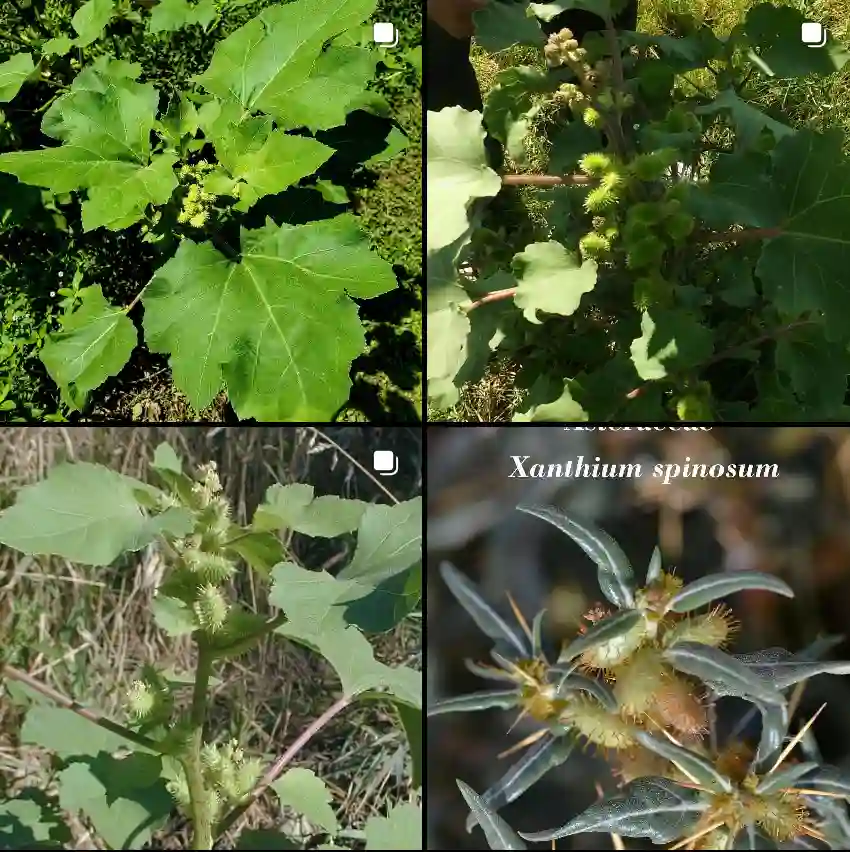Exploring the Biebersteiniaceae Family
As a plant enthusiast, I find joy in learning about different plant families and their unique characteristics. Today, I want to share my insights on the Biebersteiniaceae family, which is quite fascinating despite its limited representation. This family consists of only one genus: Biebersteinia. Let’s dive into what makes this family intriguing and worth knowing.
Understanding the Biebersteiniaceae Family
The Biebersteiniaceae family is a group of flowering plants that falls under the order Caryophyllales. With its sole genus, Biebersteinia, this family may not be as well-known as others, but it holds its own unique traits. Members of this family are primarily found in specific regions, predominantly in Central Asia. This geographical distribution influences their ecological adaptations and the environments in which they thrive.
Characteristics of Biebersteinia
Biebersteinia is characterized by its herbaceous nature and distinct flower morphology. The plants usually exhibit a rosette form, making them visually appealing. The leaves are typically lanceolate, and the flowers bloom in shades of yellow, white, or purple, adding color to the often arid landscapes they inhabit.
In my experience, the aesthetics of Biebersteinia species are captivating, especially when I encounter them in their natural habitat. Seeing these plants in bloom against a backdrop of rocky terrain is a reminder of nature’s resilience.
Ecological Importance
Biebersteiniaceae plants play an essential role in their ecosystems. They contribute to soil stabilization and prevent erosion, particularly in the rocky soils of their native habitats. The flowers attract various pollinators, including bees and butterflies, which are crucial for maintaining biodiversity.
In observing these plants in nature, I’ve noticed how they coexist with other flora. The interdependence among plants is a fascinating aspect of ecology. Biebersteinia thrives in environments where few other species can, showcasing the resilience of life in harsh conditions.
Cultivation and Care
Though not widely cultivated, those interested in the Biebersteiniaceae family can appreciate their beauty in a garden setting. If you’re considering growing Biebersteinia, here are a few tips I’ve gathered over time:
- Soil Requirements: These plants prefer well-drained, rocky soils. I’ve found that a mix of sand and loamy soil works best.
- Sunlight Needs: Full sun is ideal for Biebersteinia. When I’ve planted them in partial shade, they didn’t thrive as well.
- Watering: They are drought-tolerant once established, so it’s important not to overwater. I usually wait until the top inch of soil is dry before watering.
- Temperature Tolerance: They are adapted to cooler temperatures, typical of their native regions. I’ve had success with them in temperate climates but recommend protecting them during extreme weather.
By following these guidelines, I’ve managed to cultivate a few species in my garden, and they’ve thrived beautifully.
Conservation Status
Despite their resilience, some Biebersteinia species face threats due to habitat loss and climate change. Conservation efforts are crucial to preserve this unique family. As plant lovers, it’s our responsibility to promote awareness and protection of lesser-known species.
I’ve participated in local conservation groups that focus on preserving native flora, and it’s fulfilling to contribute to the protection of these unique plants. Engaging with other plant enthusiasts has also expanded my knowledge and appreciation for biodiversity.
Conclusion
In conclusion, the Biebersteiniaceae family, with its sole genus Biebersteinia, may not be as widely recognized as other plant families, but it deserves attention for its unique characteristics and ecological importance. Through my explorations and experiences, I’ve come to appreciate the beauty and resilience of these plants.
If you’re a fellow plant lover, I encourage you to learn more about the Biebersteiniaceae family. Whether through cultivation or conservation efforts, every little bit helps in appreciating and preserving the diverse world of plants. Let’s continue to explore and share our passion for the natural world!
If i die, water my plants!



